Foto: Shutterstock
Together with Vidi and Vici, Veni is part of NWO’s Talent Scheme. Veni is aimed at excellent researchers who have recently obtained their doctorate. Researchers in the Talent Scheme are free to submit their own subject for funding.
WUR researchers Annette Janssen (Water Systems and Global Change), Carla Araya-Cloutier (Laboratory of Food Chemistry), Nico Claassens (Laboratory of Microbiology), Lysanne Snijders (Animal Sciences), Charles Underwood (Plant Breeding), Lieke Melsen (Hydrology and Quantitative Water Management), Gert Salentijn (Organic Chemistry), Masha van der Sande (Forest Ecology and Forest Management at WUR and at the Institute for Biodiversity and Ecosystem Dynamics of the UvA ) and Mark Sterken (Laboratory for Nematodology) received the grant.
What will they do with it?

Annette Janssen, Researcher at Water Systems and Global Change
Booming of blooming?
The future of lakes in a changing worldAlgal blooms turn lakes into toxic soups. Why are we unable to prevent them? Annette Janssen, Researcher at Water Systems and Global Change studies the interaction between society and environment to find new solutions to prevent algal blooms. These solutions will help us to restore our lakes back to a healthy environment.

Carla Araya-Cloutier, Researcher at Laboratory of Food Chemistry
The wisdom of plants: Blocking pathogen’s emergency exit to restore antimicrobial efficiency
Bacteria can survive antibiotics by pumping them out of their cells using efflux pumps. Stressed plants produce compounds that block these efflux pumps. To restore antibiotics’ efficiency, Carla Araya-Cloutier, Researcher at Laboratory of Food Chemistry, will propose novel efflux pump blockers from stressed plants, and study their operation with the aid of innovative computer modelling tools.

Nico Claassens, Researcher at the Laboratory of Microbiology
Building sustainable C1-routes in a bacterium
Methanol and other ‘1-carbon molecules’ are ideal sources for the production of biochemicals and biofuels. Unfortunately, microorganisms suitable for biotechnological production, such as Escherichia coli, cannot grow on these sources. Nico Claassens, Researcher at the Laboratory of Microbiology will engineer possible genetic mutations in E. coli for eating 1-carbon substrates, and learn which mutations are important.
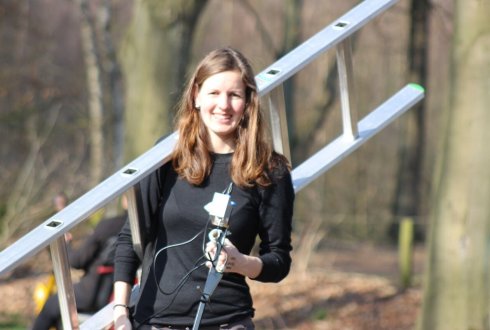
Lysanne Snijders, Researcher at Animal Sciences
Like a fish in water
Many wild animals see their environment continuously change, so also fish that live in rainforest streams. How do they find their food? Lysanne Snijders, Researcher at Animal Sciences will use field experiments to test which individual and social characteristics play a key role.
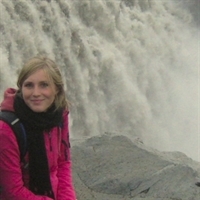
Lieke Melsen, Researcher at Hydrology and Quantitative Water Management
The human side of environmental computer modelling
Give different people the same recipe, the final dish will taste different. This is also true for computer models used for environmental predictions, like river discharge in response to climate change; different modellers will obtain different results. Lieke Melsen, Researcher at Hydrology and Quantitative Water Management aims to quantify the effect of the human-factor in environmental modelling.
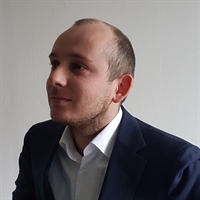
ert Salentijn researcher Organic Chemistry
Tuning the test to the target
When it comes to food safety or clinical testing, measuring is key. Ideally, you can perform such measurements anywhere by yourself. But would you know what to measure, and how? Gert Salentijn researcher Organic Chemistry, will develop ‘smart’ test strips that auto-tune to the tested sample, to obtain a reliable result.
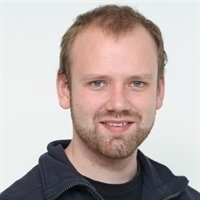
Mark Sterken, researcher at Laboratory of Nematology
The host-parasite supergenome: an untapped source for disease resistances
Currently, plant breeders consider disease resistance as the product of a simple gene-for-gene interaction between host and parasite. This view results in using a critically narrow genetic basis for resistance breeding in current cultivars. Mark Sterken, researcher at Laboratory of Nematology, works on the superorganism concept.
This assumes a complex, gradual co-evolution of genetic networks to uncover new disease resistances.
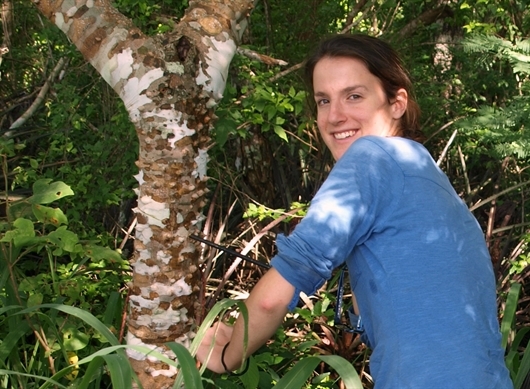
Masha van der Sande, researcher Forest Ecology and Forest Management at WUR and at the Institute for Biodiversity and Ecosystem Dynamics of the UvA
What determines the resilience of tropical forests to drought and fire?
Tropical forests are important for climate change mitigation because they take carbon from the atmosphere. Masha van der Sande, researcher Forest Ecology and Forest Management at WUR and at the Institute for Biodiversity and Ecosystem Dynamics of the UvA, will investigate how plant characteristics help forests survive droughts and fires. The results will help to develop effective forest management strategies, and safeguard the important role of forests in reducing climate change.
Understanding the barriers of genetic exchange in hybrid plants
Cultivated crops can be improved by hybridisation with related wild species. Hybrids between tomato and wild relatives are possible, but the exchange of genetic material between the two species is suppressed. Charles Underwood, Researcher Plant Breeding aims to understand the barriers between plant species, and may lead to innovative breeding approaches.
Also read:
Research Vicis for seeds and deltas
Nine WUR researchers receive Veni grant
Veni applicants worse off

